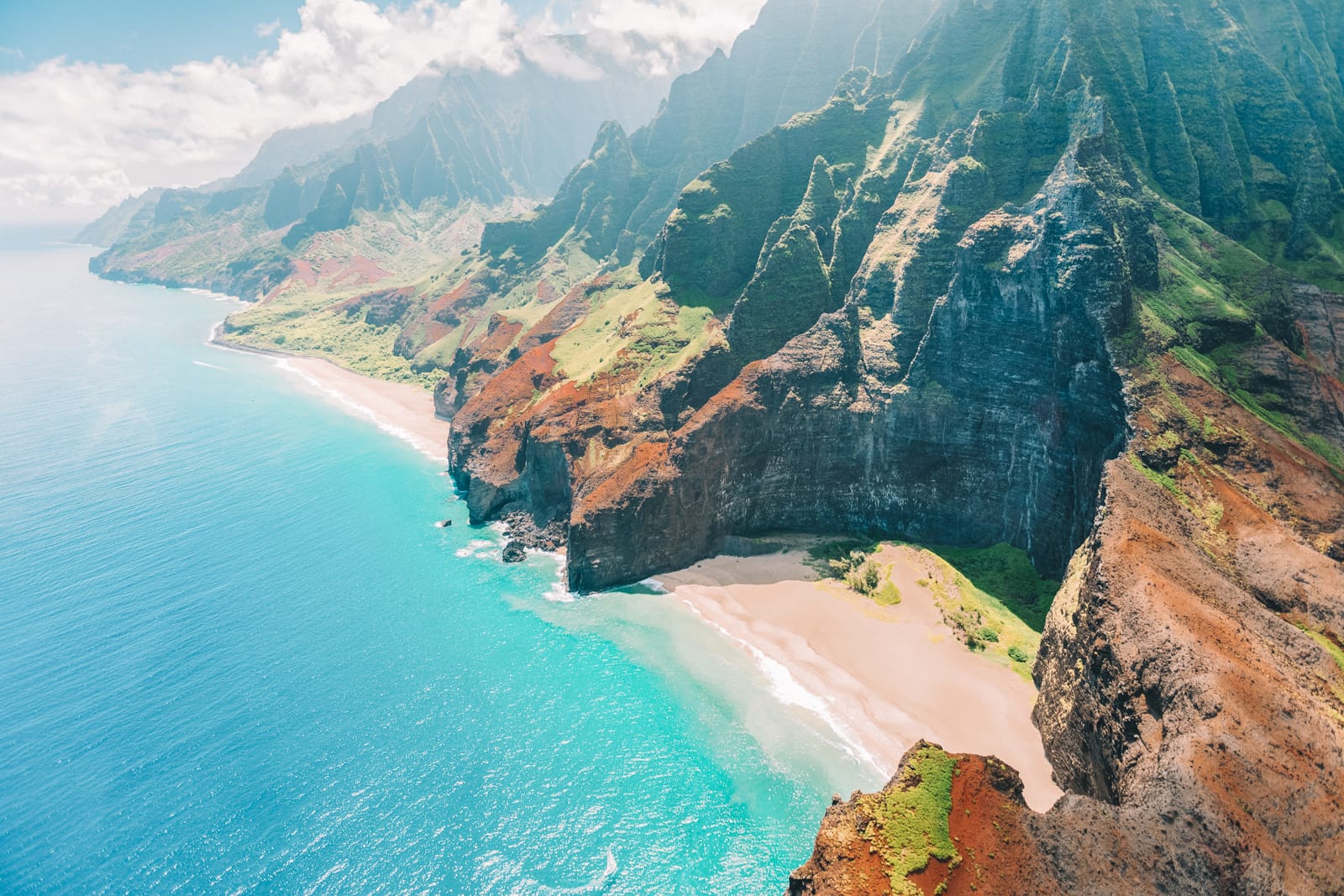Mbabane is the royal capital of Swaziland and the second-largest city in the country after Lobamba. The city’s population is slightly over 100,000 and the city sits on Mbabane River and surrounded by Mdzimba Mountains. While, Mbabane is still a largely less developed city, it has grown tremendously after acquiring the national capital administrative status from Bremersdrop, present-day Manzini. The city enjoys a moderate, milder humid subtropical climate and rarely experiences any snow. Despite siSwati being the local primary language, locals also speak and understand English as well. The city, just like the country depends on sugar exports and tourism. However, compared to large South African cities like Johannesburg, Mbabane is still less attractive to tourists as tourist facilities are less and not well developed.
 Indingilizi Gallery was established in Mbabane in 1982 and this art gallery displays a wide collection of Swazi cultural artifacts ranging from sculptures, batiks, and paintings to pottery, jewelry, and mohair. Being the capital for the country’s monarchy, Mbabane is well reputed for being the friendliest city in southern Africa. Despite being very poor, most tourists will still opt to go to Mbabane due to the kind of hospitality it offers, peacefulness and calmness. The city is also used as a base for tourists traveling to further parts of Swaziland where there are many game parks and national reserves. These parks are sponsored by the government and are the most popular form of tourist attractions in the country.
Indingilizi Gallery was established in Mbabane in 1982 and this art gallery displays a wide collection of Swazi cultural artifacts ranging from sculptures, batiks, and paintings to pottery, jewelry, and mohair. Being the capital for the country’s monarchy, Mbabane is well reputed for being the friendliest city in southern Africa. Despite being very poor, most tourists will still opt to go to Mbabane due to the kind of hospitality it offers, peacefulness and calmness. The city is also used as a base for tourists traveling to further parts of Swaziland where there are many game parks and national reserves. These parks are sponsored by the government and are the most popular form of tourist attractions in the country.  Lately, the attractiveness of Mbabane to travelers has largely been hampered by the many problems it experiences. Mbabane is noted for having the worst HIV/ AIDs crises in the world with more than 30 percent of the locals being infected with AIDs. For travelers, this is something of concern and absolute care must be taken. Getting around the city is best done by a minibus or a car. While there are many minibusses known as zombies, they can be quite confusing at times. Reckless driving has been reported in the city and visitors should be careful when using the vehicles or walking along the sidewalks. After dark, traveling in Mbabane can be very difficult and taxis take advantage to overcharge tourists.
Lately, the attractiveness of Mbabane to travelers has largely been hampered by the many problems it experiences. Mbabane is noted for having the worst HIV/ AIDs crises in the world with more than 30 percent of the locals being infected with AIDs. For travelers, this is something of concern and absolute care must be taken. Getting around the city is best done by a minibus or a car. While there are many minibusses known as zombies, they can be quite confusing at times. Reckless driving has been reported in the city and visitors should be careful when using the vehicles or walking along the sidewalks. After dark, traveling in Mbabane can be very difficult and taxis take advantage to overcharge tourists.  The national government largely emphasizes on traditional culture as the main tourist attractions. As such, the locals are the main tourism assets for Mbabane even though there are some other forms of attractions like national parks as highlighted above. The Hlane Royal National Park is not very far away from Mbabane city and it is the country’s largest and most visited park. Translated to mean wilderness national park, wildlife is found in a wide variety including elephants, zebra, white rhino, and the lion. Bird watching is also a major tourist activity in Mbabane as the city has a diverse and abundant birdlife. The Incwala Kingship is an important religious festival in Swaziland that is largely celebrated in Mbabane. The annual festival lasts for about eight weeks and it offers a great opportunity for tourists to interact with the locals.
The national government largely emphasizes on traditional culture as the main tourist attractions. As such, the locals are the main tourism assets for Mbabane even though there are some other forms of attractions like national parks as highlighted above. The Hlane Royal National Park is not very far away from Mbabane city and it is the country’s largest and most visited park. Translated to mean wilderness national park, wildlife is found in a wide variety including elephants, zebra, white rhino, and the lion. Bird watching is also a major tourist activity in Mbabane as the city has a diverse and abundant birdlife. The Incwala Kingship is an important religious festival in Swaziland that is largely celebrated in Mbabane. The annual festival lasts for about eight weeks and it offers a great opportunity for tourists to interact with the locals. 

